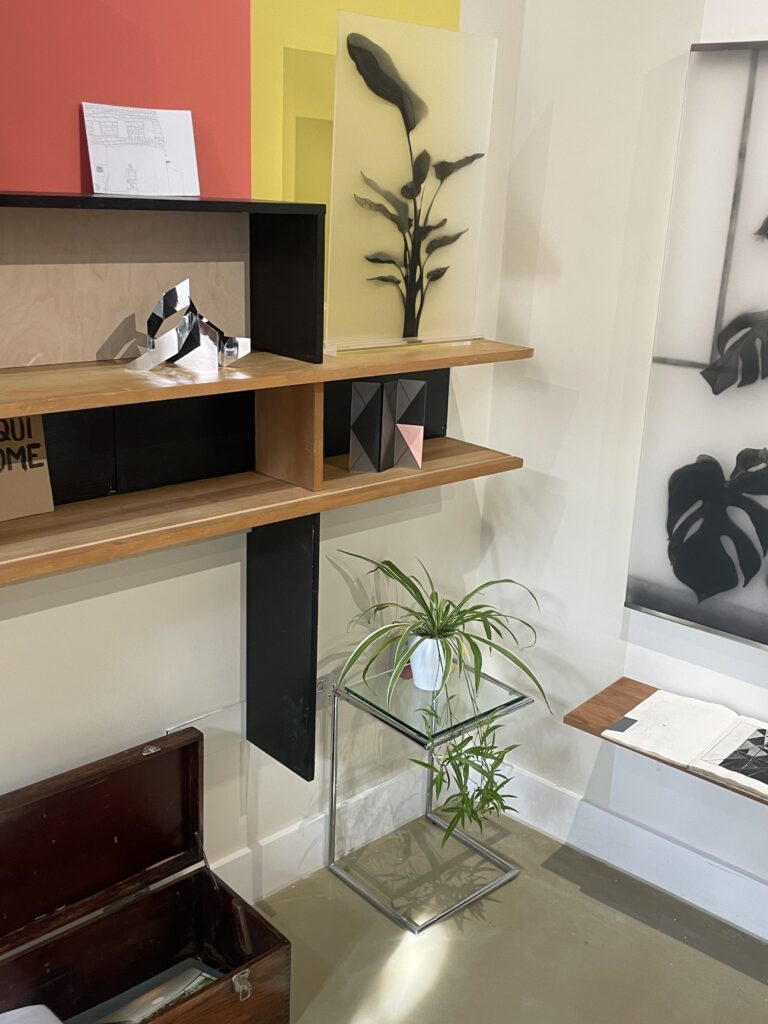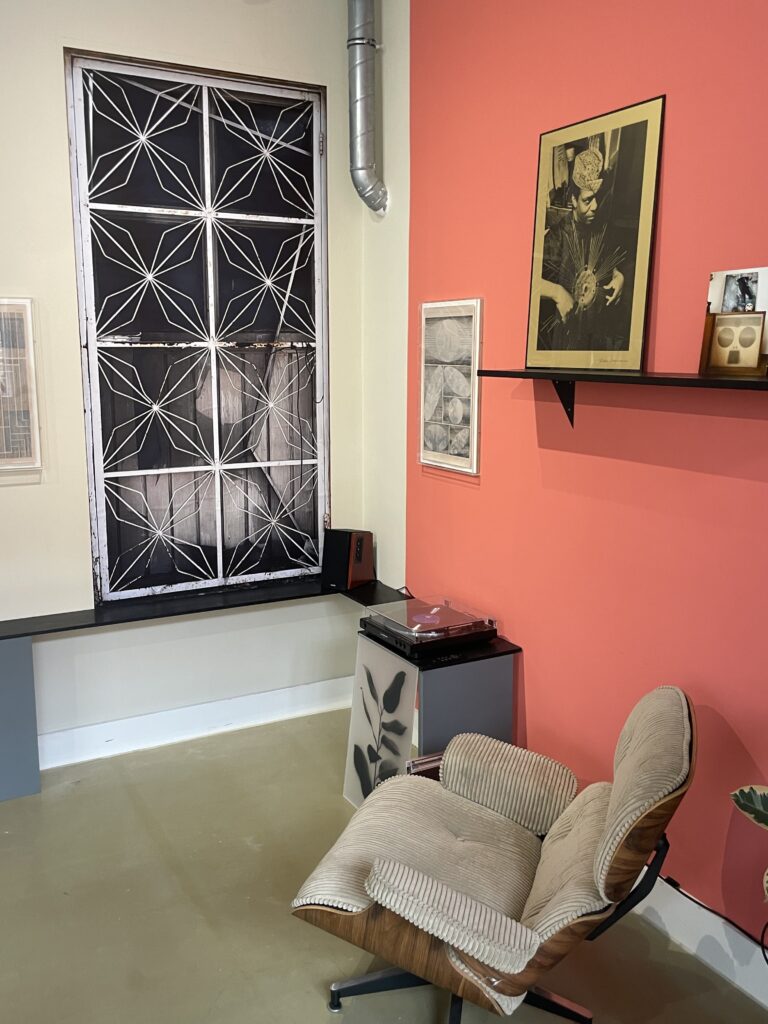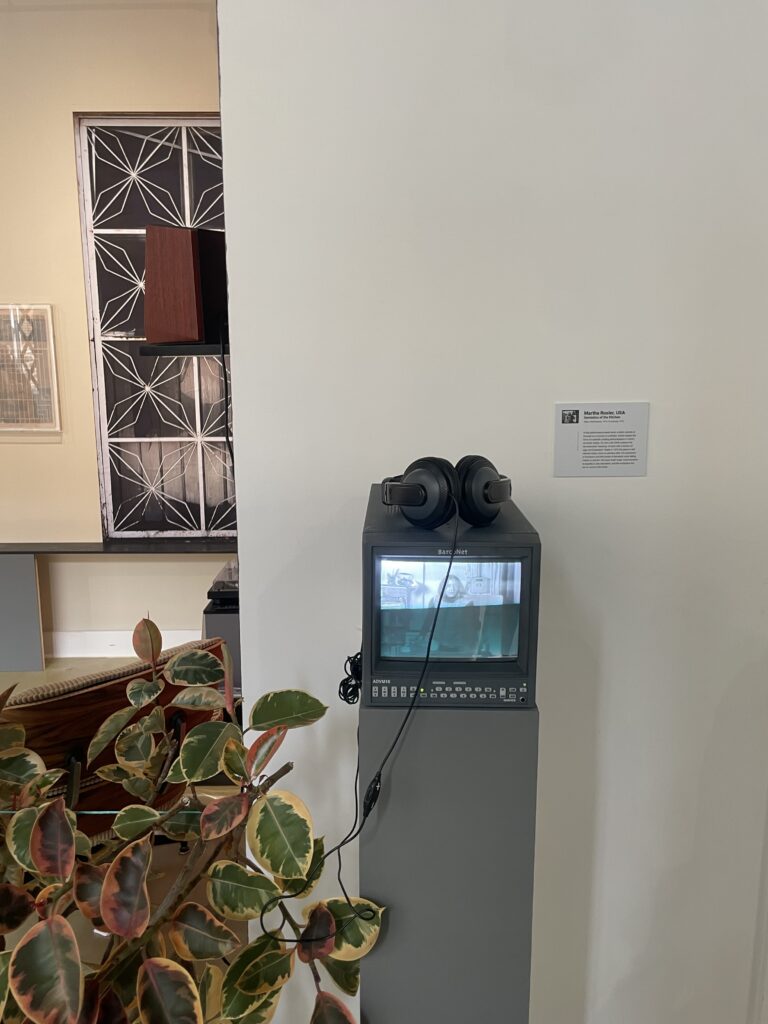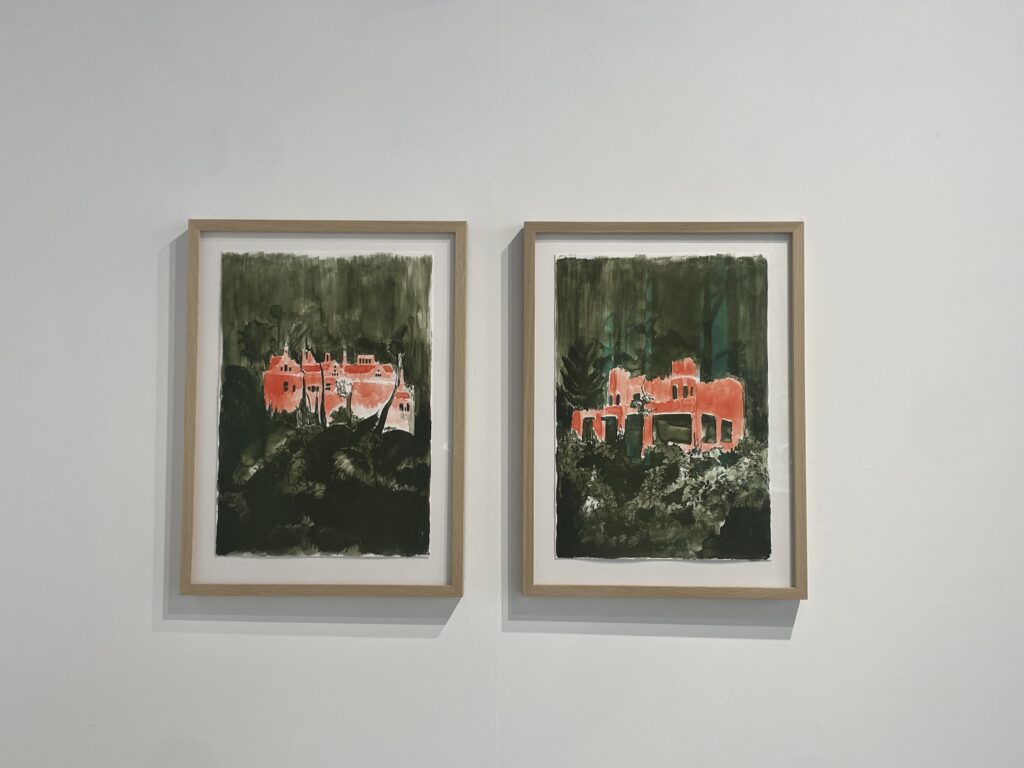
‘No Place Like Home takes as its starting point a subject of increasing concern and tension in the 21st century, affecting all aspects of society and identity. Twenty-three acclaimed artists cast multiple threads of inquiry to consider the idea of Home for this exhibition.
When we think of home do we think of planet earth or something on a smaller scale; the shelter we find to sleep or the relationships that hold us together? Across the UK, homes are less affordable now than they have been at any time in housing history. The context for this show is the Channel Island of Jersey where rents and mortgages can reach an eye-watering 90% of income. We may all yearn for a home but this basic need is charged with political, social and economic realities; borders shift, relationships fracture, rules change, and forced migrations impact on the incredibly fragile thing that we call Home. Home can be a sanctuary or a place of danger, it might be stable or temporary, intimate or shared, rooted for generations or a refuge in times of need. Home might be a person, a community to which we belong or contested land that is no longer available to us, homes are full of histories, meanings and tensions; subject to external forces and internal dramas
No Place Like Home delves into personal stories, global issues, childhood memories, and speculative worlds as well as the bleak realities of the current housing market. Addressing raw and painful topics such as war, migration, violence, love and loss, these artists do not shy away from difficult issues, but rather tackle them with inventiveness, honesty and hope.
The exhibition features newly commissioned artworks by Rachel Ara (Jersey), Sasha Bowles (UK), Ana vorovié (Bosnia/UK), Justin Hibbs (UK), Daria Koltsova (Ukraine/UK), Will Romeril (Jersey), Lindsay Rutter (Jersey), and Lisa Traxler (Isle of Wight/UK) alongside existing artworks work by artists including: Jananne Al-Ani (Iraq/UK), Jackie Berridge (UK), George Bolster (Ire/USA), Peter Jones (UK), Peter Liversidge (UK), Harriet Mena Hill (UK), Kate Murdoch (UK), Ravelle Pillay (South Africa), Saba Qizilbash (Pakistan/UAE), Martha Rostler (USA), Judith Tucker (UK), Joanna Whittle (UK), Eddie Wong (Malaysia/NZ) and Andrea V Wright (UK).
No Place Like Home also extends beyond the gallery to include Luke Jerram’s Floating Earth, an ode to the precious planet we live on and the fragility of water sited at Queen’s Valley Reservoir.
Rachel Ara’s Dissent Module, an otherworldly happening that leaves its debris by the roadside and in our minds, and Lisa Traxler’s sculpture Ghost Echo, sited at the entrance to Jersey War Tunnels that draws upon occupation history, bunker structures and early warning radar systems.
Within the gallery Justin Hibbs’ For the Attention of the Homeowner takes the form of a living room in which visitors are invited to assume a temporary residence in a space curated by the artist and, as homeowners, visitors can open mail, play records, read books and curate their own ‘shelfies’.
No Place Like Home is curated by Rosalind Davis and Laura Hudson and presented by Arthouse Jersey.’
– Art House Jersey






Harriet Mena Hill, UK Aylesbury
Estate Fragments
Acrylic on salvaged demolition concrete, 2020
Since 2018 Hills’ work has been focused on the Aylesbury Estate in South East London investigating how community identity is affected and reframed by the process of redevelopment and gentrification.
The Aylesbury Fragments are an extraordinary act of preservation, rendering scenes of her local architecture directly onto pieces of salvaged material from the Aylesbury Estate, which is being demolished as part of a regeneration program.
The Aylesbury Estate was designed by the architect Hans Peter Trenton and was considered exemplary social housing designed to meet the needs of the people who lived there. The building’s construction began in 1963 and housed approximately 10,000 people. It is now in the final phase of being demolished in order to make way for redevelopment and Hill has spent several years documenting this place as it disappears piece by piece, and at each stage of degradation; as tenants are moved out and those in desperate need are temporarily housed. The concrete is imbued with the contentious history of the site, what remains are fragments of people’s lives.

Martha Rosler, USA – Semiotics of the Kitchen
Video, Performance, RT 6. 15 minutes, 1975
In this performance based work, a static camera is focused on a woman in a kitchen. Rosier adopts the form of a parodic cooking demonstration in which, as Rosier states, “An anti Julia Child replaces the domesticated meaning of tools with a lexicon of rage and frustration.” Made in 1975 this piece is still relevant today, more so perhaps after the experience of lockdown and the burden of domestic work falling mainly to women. We have made major improvements to equality in, law, education, and the workplace but not so much in the Horne.

Ravelle Pillay, SA – Empty Rooms
Two colour lithograph on paper, 30 x 43.5cm, 2023
South African painter Ravelle Pillay uses lithography to document ancestral homes on both sides of her family that are imbued with histories of colonialism and the complex individual stories that shape them.
Empty rooms is a study of two buildings, superimposed on alien landscapes. The sites are related to Pillay’s own history, the first being of her family home built by her maternal great-grandfather in Durban, South Africa informally referred to as ‘the castle’, which was repossessed by the Apartheid government, and which now stands derelict. The second site is the ancestral home of her great-great-grandfather, Lilford Hall in Northamptonshire, England.
Each site, irrespective of their geographical distance, features heavily in the mythologised family histories Pillay grew up listening to.

Rachel Ara, Jersey – Seeking Comfort in an Uncomfortable Housing Market
Digital print on paper, 107×62cm, 2022
In 2021 the artist returned home to Jersey after 3 decades in London, primarily to keep an eye on her parents. Whilst looking for a home and studio, Ara was shocked by the unaffordable rents and chronic housing crisis forcing Jersey workers into cramped and difficult living conditions. This “performance” was her response. With no access to a studio and her tools in storage, Ara made this work with materials to hand; a large cardboard box, some household paint, gaffer tape and a smartphone to record her struggles fitting into a makeshift house unsuitably small for her body.
The format references Bruno Munari’s 1944 classic poster, “Seeking Comfort in an uncomfortable chair” which was a humorous provocation to the design establishment. 80 years later Aras’ work is a provocation to the state of the housing market.
Munari’s title is in both Italian and English, as Aras’ is in English and Portuguese, the second most widely spoken language in Jersey by a community who are disproportionately affected by substandard accommodation.
